It’s hard to choose which one of my travels had the biggest impact on me – I’ve been to 35 countries (36, if you count Transnistria) and counting. When I travel, it’s like I’m another person; a better version of me. I’m sure there is a host of psychological studies out there about changed mental states, about the endorphins flooding your brain when you travel, all the new input and stimulation that can get you hooked for life. All I know is traveling is one of the few times I feel truly alive. Travel addiction is probably why I’ll always be broke. The minute I get a bigger sum on my account I’m looking for the next destination. But since I must choose one I’ll go for Petra, Jordan. That one made it into my book, got itself a whole chapter, so I think I can safely say it made quite an impression.
I was living in Israel at the time and was between two jobs, so I thought why not take a Crusader castles/Petra trip while I’m having time off? I had to go down to Eilat, an unlovely tourist city, as the only safe checkpoint to cross from Israel to Jordan was there. Even so, being a solo female traveler, let’s just say it wasn’t without risk. A big belated thank you to the Japanese tourist, who let me team up with him for the duration of the crossing.
Beyond the border there was a host of driver guides you could select from and hope you’d end up with a guy, who won’t rip you off too much. All in all I was lucky with my own driver, whose name shamefully I can’t recall anymore (in my defense, almost a decade passed since). After a night in Aqaba early next morning we were heading north through landscapes of arid land, ticking off the compulsory items; Bedouin tent, a flock of camels on the ridge of a hill, tea with the Bedouins. Our first destination was Kerak, the famous haunt of the infamous Reynaud de Chatillon (well, famous if you’re a crusades buff like me), who liked throwing his opponents off the walls with a wooden box around their head, so they wouldn’t lose consciousness before hitting the ground. An all-round not nice guy. As you enter the castle, you’ll encounter self-appointed guides, who will ask for some compensation only at the end of the tour – you can get away with a few dinars less if you haggle; a general rule in the Middle East.
Another crusader castle later (Shobak, or Montreal, as it was called in the 12th century) I arrived to Petra in Wadi Musa, where I spent two days. I don’t remember the dorm of the hostel, but I do remember the common dining area – under a motley awning on the terrace, while the sun setting behind the mountains painted the sky with pink and blue stripes, glazing the squat, flat roofed houses of Wadi Musa with a rosy glow. I agree, corny like a Hallmark postcard, and so much more beautiful.
I went into Petra at the earliest possible time next morning – it was still not completely devoid of tourists, but there was much less of them than there would be later on. The magic started on the wide, rocky path leading to the Siq, the narrow ravine through which you enter Petra proper. It amped up in the Siq, you know the part from Indiana Jones? What you don’t see in the movie are the faceless statues, the inscriptions that are barely more than an outline, the niches you can only guess the purpose of, and the stairs beginning at the most improbable places, only to end after a couple of meters. It’s those steps that struck me as the most mysterious and surreal, hence my title.
As you get to the end of the meandering ravine, you have the Treasury unfolding in front of you gradually in the last bends. It’s where Indy finds the grail, past an elaborate set of booby traps. I just found some camels for rent and a hut selling camera essentials. Will get back to that one later. There was no crusader or grail inside the Treasury, just a big room and two side rooms carved in the striped sandstone; see it was the tomb where they interred king Aretas, ruler of the Nabateans, the people who originally populated Petra.[1]
So there I was, walking (almost) alone among monuments half sunk into the sand, the door openings of the silent tombs yawning like dark mouths. The whole place has such a Lovecraftian atmosphere that I’m positive he must have read about the place (I didn’t find any evidence of him having actually traveled there in his biography).[2] At any turn you’d expect a fall of pebbles in the wake of night-gaunts swiftly retreating into their haunts, where they hid from intrusive eyes during daytime. I’m like a kid in a candy store at archaeological sites, so you can imagine my frustration, when first my batteries died on me, then my only memory card got full. In both cases I was deep within Petra, happily exploring, so twice I had to race back to the Treasury approximately a km away. Pro-tip; stock up on batteries and memory cards before you visit Petra.
Past the Urn tomb, the Corinthian tomb and the Palace tomb, the most lavish graves apart from the Treasury, you walk down the Colonnaded street, where the Hellenistic influence is possibly most strongly felt. I climbed up to Al-Deir, the Monastery, used as a church by the Byzantines – latecomers in this forgotten city in the sand. Up on the lookout stand still for a minute and soak up the silence as you take in the rugged mountains through layers of clean, dry desert air in the company of an empty hut, a Jordanian flag and a scarecrow, for some strange reason (there was not a patch of wheat in sight to scare birds away from).
If you have time and energy and your feet are not dead yet (I went in sandals – don’t be like me. Do the smart thing and take hiking shoes) do climb up to the High place of Sacrifice, a high plateau with two obelisks at one end, a water basin for ritual purification and two altars at the other. One altar has a delve and a channel for blood sacrifice, where a cursed people offered virgins on nights of Full Moon to the Great Old Ones – but I got carried away.
As I said, foolishly I took sandals, but even my used and abused
feet couldn’t stop me from going back on day two – this time entering through a
different route, Wadi Mudhlim, a gorge running around the back of Petra, used
by the Nabateans to divert flash floods from the Siq.[3] Once you
got out of Wadi Mudhlim, and if you still got legs to climb with, do climb up
to Jabal Al-Khubtha on steps that are worn to nothing at some places. Of course
there is a crusader fortress here as well on top of Al Habis, but really it’s a
modern trifle, built around 1116 by Baldwin I, king of the Latin kingdom of
Jerusalem. I found an alternative route up – barely more than those time and
weather worn hints of steps on the sheer rock surface and hundreds of meters of
nothing on the other side. From the top you have a spectacular view of all of
Petra. You can visit at night as well for some extra dinars, but I think the
real deal must have been back in the 19th, early 20th
century, before the tourist hordes, when the only sign of human presence was
the scattered fires of the Bedouins, and the night-gaunts and other unnamable
horrors could creep and stalk on the ancient rocks and gather unmolested on the
High place of Sacrifice in remembrance of forbidden rituals. Petra is on the
list of endangered monuments, eroded by acidic rain and excess tourism, so who
knows how long they can continue to do so?
[1] Petra Development And Tourism Region Authority, Petra, The Nabatean (2015), http://www.visitpetra.jo/Pages/viewpage.aspx?pageID=133
[2] H. P. Lovecraft (2018), https://en.wikipedia.org/wiki/H._P._Lovecraft
[3] Walkopedia, Royal Tombs and Wadi al Mudhlim (2015), https://www.walkopedia.net/walks/display-walk.asp?WalkID=565
More from Susan Anwin HERE.

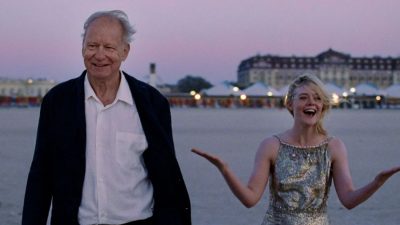
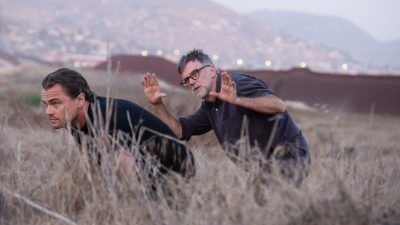
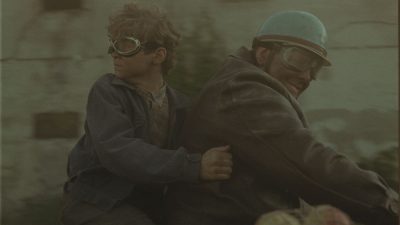
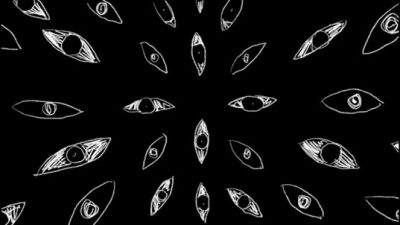


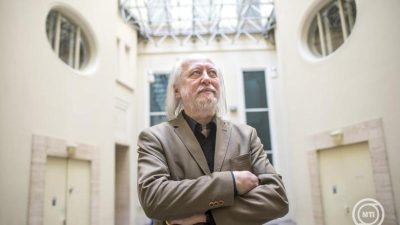





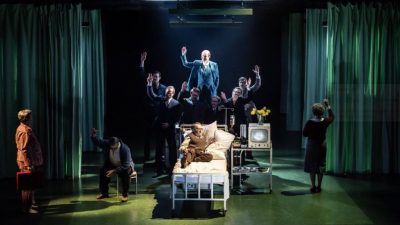
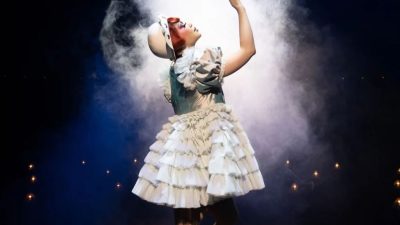








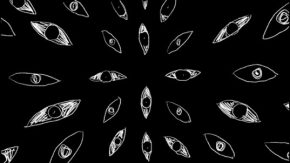

Comments